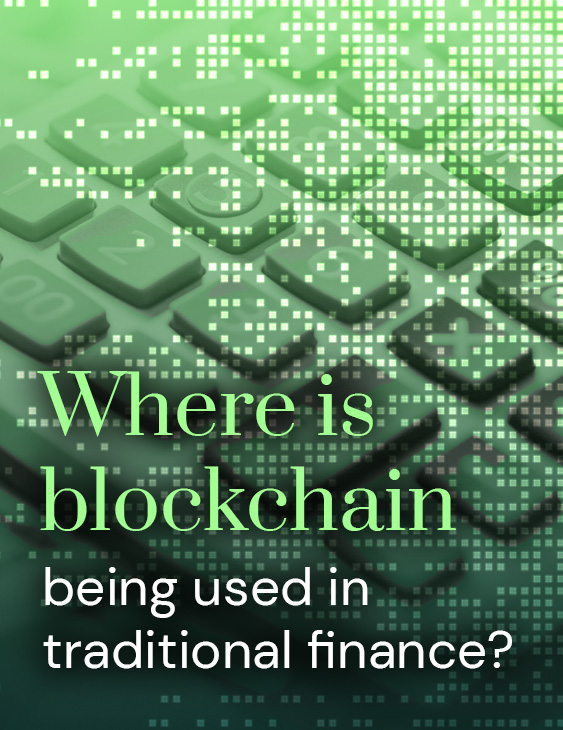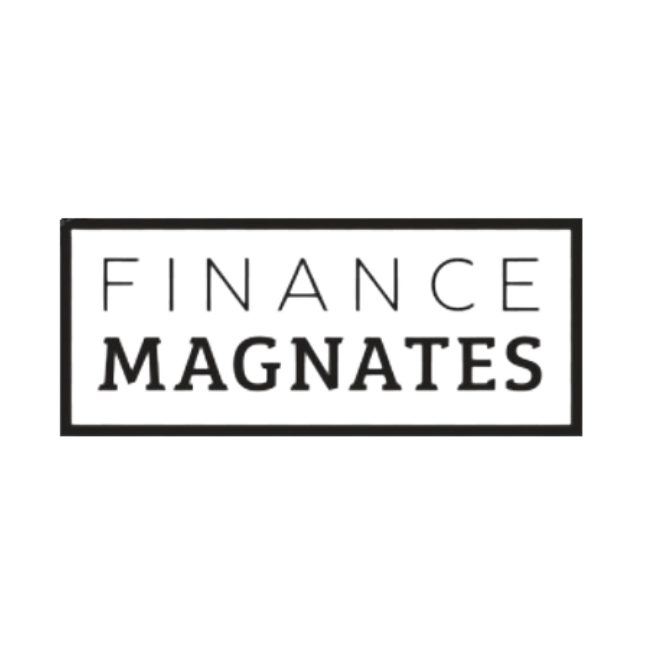
There is so much talk – and often so much hype – about blockchain’s impact on financial services but where is the technology really impacting on the traditional financial world today?
One way of framing this issue is to see blockchain and tokenisation simply as a digitalisation tool for financial services, building on a trend which started with the emergence of fintech. Prodded by fintech and challenger banks, large financial institutions have begun improving their user interfaces – and customers of those banks have also started to become more familiar with the use of cryptocurrencies. As a result, those customers have higher expectations of a digital service.
Legacy systems still require digitisation
The advent of fintech and blockchain has improved the front end experience for customers somewhat but many of the issues on the back end of the banking process remain unchanged. This causes problems whether you are servicing traditional assets or crypto and digital assets. Many institutions also still see anything around digital assets as being related to cryptocurrency. In reality, a significant part of the problem is related to servicing cryptoassets but an equally significant part concerns the need for digitalisation to improve financial services in the mainstream market infrastructure. The progress needed is as much about the digitalisation of traditional instruments like debt and equity as it is about using native crypto assets.
Outside of digitising legacy systems, blockchain is also proposed as a new enabler for raising capital, outside of the world of securities or other traditional capital raising methods. While this is possible in theory it does not always materialise in practice. Currently there are still relatively few successful capital raising projects using blockchain and tokenised securities.
Tokenisation is not always the holy grail
While blockchain and tokenisation can certainly bring liquidity into private capital markets, it is not a suitable mechanism in many cases. For example, if a firm has a great deal of real estate on its balance sheet and has heard about tokenisation, it is often seen as a good way of accessing capital. But businesses coming from that perspective tend to suffer from a misapprehension that tokenisation is a route to finding retail investors, and therefore that it will enable the raising of capital in a much more diverse and efficient way. It will, technically, but not legally. If you have not been able to access retail investors already, tokenisation should not be seen as a way to access them because companies will bump up against all the same regulations as they would with a traditional issuance of securities.
However, different business models will come along and address this problem. If your aim is to build a platform that complies with regulations, and enables businesses to raise capital in a way that uses blockchain, and is compliant on a broad basis, then that’s a good fit for tokenisation. If, on the other hand, you are a real estate company, you don’t need a distributed database, because your shareholders will already be listed on your in-house database.
It is important to recognise that tokenisation is not a business model. There has to be a business model that tokenisation improves, rather than just using it as a shortcut around regulation and finding retail investors. Regulators are still very attuned to this concern.
The purpose of blockchain working in multi-party transactions is a good heuristic for whether it would do something for your business model. This means that blockchain is very useful in areas such as supply chain or trade finance – Marco Polo and Tradelens are good examples of this. Supply chain finance has been probably one of the best early use cases for blockchain in the traditional markets because you have multiple parties all with different sources of data who all need to be connected together by a single system.
Tokenisation of funds represents the next stage of blockchain adoption
What is emerging now is the tokenisation of funds. Adoption will come through to the fund management and asset management industry – and not necessarily because it is super efficient initially. The first transaction is quite likely to be more expensive than cloning the previous transaction that was completed. But the ability to then scale, repeat and derive the benefits of that across the business are substantial. There have already been a number of prototypes of digital bond issuances. The World Bank has publicised its blockchain bond, Bond-i and there have been a couple of prototypes by commercial entities as well. These are small transactions which are, to some extent, happening in walled environments but they prove out the technology.
Will the cost of tokenizing securities come down and what are the routes to raising money outside of securitisation? The likelihood is that in 5-10 years, all securities issuances, debt and equity in funds will effectively be digitalised. This will bring costs down significantly although there are still many questions about how to get from A to B. Regulation will be key to this and regulators are continually becoming more attuned to cryptoassets and providing clearer guidance. What is clear is that blockchain is becoming more and more embedded in traditional financial markets as decentralised and centralised finance continue to merge.
To learn more, listen to our podcast series, The Gage Episode 2 — Where Blockchain meets TradFi.












